Empowering Independence: The Impact of Gerontechnology on Aging in Place
Introduction
In today's rapidly aging society, the intersection of gerontology and technology, often referred to as gerontechnology, is playing an increasingly vital role in addressing the unique needs and challenges faced by older adults. From innovative healthcare solutions to smart home technologies, gerontechnology is revolutionizing the way we approach aging and fostering independence and well-being among seniors.
Gerontechnology, a term coined by the late Professor Alex Mihailidis and his colleagues, refers to the interdisciplinary field that focuses on developing and applying technology to address the needs and challenges of older adults (Mihailidis et al., 2017). It encompasses a wide range of technological innovations, including assistive devices, smart home systems, telehealth solutions, and wearable technologies, all designed to enhance the quality of life and promote independence among older adults.
Furthermore, gerontechnology research emphasizes the importance of interdisciplinary collaboration among researchers, engineers, healthcare professionals, and older adults themselves. By combining expertise from various fields, gerontechnology aims to develop holistic solutions that address the complex needs of aging populations and promote successful aging in the digital era.
The Rise of Interest in Gerontechnology
The aging population presents both opportunities and challenges for societies worldwide. As people live longer, there is a greater need for healthcare, social support, and infrastructure that can accommodate the needs of older adults. Trends such as urbanization, changes in family structures, and advances in healthcare technology are influencing the way we approach aging and senior care.
Aging in Place and Gerontechnology
One of the prevailing trends in gerontology is the concept of "aging in place," which refers to older adults' desire to remain living independently in their own homes and communities for as long as possible. This trend is driven by a variety of factors, including the desire for autonomy, familiarity with surroundings, and the importance of social connections. The goal of gerontechnology is to empower older adults to live independently, safely, and comfortably in their own homes for as long as possible.
For example, a recently launch initiative by Singapore University of Social Sciences (SUSS) and SG Assist known as the Age+ Living Lab, aims to promote ageing in place through the use of gerontechnology. Research in gerontechnology highlights the importance of adopting a user-centered approach that takes into account the unique preferences, abilities, and limitations of older adults. Studies have shown that well-designed and user-friendly technologies can significantly improve the well-being and functional abilities of older adults, enabling them to age in place and maintain their autonomy (Czaja et al., 2019). The Age+ Living Lab, located in Yishun, is designed to simulate a typical and authentic home environment equipped with innovative products and assistive devices tailored with a user-centred philosophy to meet the needs of seniors.
How Gerontechnology Can Help
Gerontechnology offers a wide range of benefits for older adults, caregivers, and society as a whole. For older adults, technology can help monitor health conditions, manage medications, and stay connected with loved ones. Smart home devices can assist with daily tasks and provide a safer living environment. For caregivers, technology can provide peace of mind through remote monitoring and emergency response systems. For example, a research by Freiesleben et al (2021) found that gerontechnology improves older adults’ quality of life and lightens the caregivers’ burden. At a societal level, gerontechnology has the potential to reduce healthcare costs, alleviate caregiver burden, and promote active aging.
Here are several ways gerontechnology can help older adults, classified into different categories:
1. Health Monitoring and Management
Wearable devices: Smartwatches, fitness trackers, and medical alert systems can monitor vital signs, track physical activity, and provide emergency assistance when needed. Reitsma et al. (2019) found that older adults who used gerontechnology to monitor their health had a more active lifestyle, with all of them either walking or cycling regularly.
Telehealth platforms: Remote consultations, virtual check-ups, and telemonitoring services enable older adults to access healthcare professionals and manage chronic conditions from the comfort of their homes.
Medication management systems: Automated pill dispensers, medication reminder apps, and electronic health records help older adults organize and adhere to their medication regimens.
2. Home Safety and Accessibility
Smart home automation: Voice-activated assistants, smart thermostats, and automated lighting systems enhance home comfort, convenience, and energy efficiency for older adults.
Fall detection and prevention: Motion sensors, wearable devices, and smart flooring systems can detect falls, alert caregivers, and implement preventive measures to reduce fall risks. A few studies have revealed that in-home monitoring had a positive influence on feelings of safety for the elderly as well as the caregiver.
Home modification technologies: Assistive devices such as grab bars, stairlifts, and adjustable-height furniture improve accessibility and safety in the home environment.
3. Social Connection and Engagement
Social networking platforms: Online communities, social media networks, and video conferencing tools facilitate social interaction, communication, and connection with friends, family, and peers. For example, Wilson et al (2021) found that when social media technology was used to enhance connections, it increases life satisfaction and reduces mental health issues.
Virtual reality and gaming: Immersive experiences, virtual travel, and interactive games provide older adults with opportunities for cognitive stimulation, socialization, and recreation. Montana et al (2020) found that using VR/AR to train cognitive functions enhance older adults well-being. Another study found that VR/AR gaming can offer valuable social interactions with other individuals (Santos et al, 2019).
4. Cognitive Support and Brain Health
Cognitive training apps: Brain-training exercises, memory games, and cognitive stimulation programs help older adults maintain cognitive function, improve memory, and delay the onset of cognitive decline.
Reminiscence therapy tools: Digital photo albums, reminiscence apps, and virtual reality simulations enable older adults to reminisce, share memories, and preserve their life stories, promoting emotional well-being and mental health.
Brain-computer interfaces: Emerging technologies such as brain-computer interfaces and neurofeedback systems offer potential applications for cognitive rehabilitation, neural rehabilitation, and brain-computer interaction in older adults with cognitive impairments.
5. Physical/Mobility Support and Training
Mobility aids and assistive devices: Mobility scooters, walkers, and canes provide older adults with support and stability to navigate their environment safely and independently.
Rehabilitation robotics: Robotic exoskeletons, gait trainers, and robotic assistive devices assist older adults in performing daily activities, rehabilitation exercises, and mobility training. For example, Lokomat is the most widely used robotic exoskeleton for the lower limbs as a support structure for walking. The “MIT-MANUS”, a visuomotor guidance system, was the most utilised of the upper limb robotic systems, particularly for people who were recovering from stroke.
Exercise and rehabilitation apps: Personalized exercise programs, virtual fitness classes, and rehabilitation apps offer older adults access to tailored workouts, physical therapy exercises, and fall prevention exercises. One smart tech is the RoboCoach, which is to help older people stay fit and healthy with personalized exercise regimes. Another example is the Bixeps, a medical device developed by the National University of Singapore that sends magnetic pulses through the leg to strengthen muscles without the need for exercise. Trial results has shown that the machine helped to prevent frailty and make muscles stronger for the elderly.
Smart mobility solutions: GPS tracking devices, wayfinding apps, and transportation services cater to older adults' mobility needs by providing navigation assistance, door-to-door transportation, and real-time updates on accessible routes and public transit options.
Conclusion
In conclusion, gerontechnology represents a transformative force in the field of aging and healthcare. By harnessing the power of technology, we can empower older adults to live with dignity, independence, and fulfillment. As we continue to explore new frontiers in gerontechnology, let us strive to create a future where aging is not viewed as a burden, but as an opportunity for growth, connection, and meaningful engagement.
Aging in Place and Gerontechnology
One of the prevailing trends in gerontology is the concept of "aging in place," which refers to older adults' desire to remain living independently in their own homes and communities for as long as possible. This trend is driven by a variety of factors, including the desire for autonomy, familiarity with surroundings, and the importance of social connections. The goal of gerontechnology is to empower older adults to live independently, safely, and comfortably in their own homes for as long as possible.
For example, a recently launch initiative by Singapore University of Social Sciences (SUSS) and SG Assist known as the Age+ Living Lab, aims to promote ageing in place through the use of gerontechnology. Research in gerontechnology highlights the importance of adopting a user-centered approach that takes into account the unique preferences, abilities, and limitations of older adults. Studies have shown that well-designed and user-friendly technologies can significantly improve the well-being and functional abilities of older adults, enabling them to age in place and maintain their autonomy (Czaja et al., 2019). The Age+ Living Lab, located in Yishun, is designed to simulate a typical and authentic home environment equipped with innovative products and assistive devices tailored with a user-centred philosophy to meet the needs of seniors.
How Gerontechnology Can Help
Gerontechnology offers a wide range of benefits for older adults, caregivers, and society as a whole. For older adults, technology can help monitor health conditions, manage medications, and stay connected with loved ones. Smart home devices can assist with daily tasks and provide a safer living environment. For caregivers, technology can provide peace of mind through remote monitoring and emergency response systems. For example, a research by Freiesleben et al (2021) found that gerontechnology improves older adults’ quality of life and lightens the caregivers’ burden. At a societal level, gerontechnology has the potential to reduce healthcare costs, alleviate caregiver burden, and promote active aging.
Here are several ways gerontechnology can help older adults, classified into different categories:
1. Health Monitoring and Management
Wearable devices: Smartwatches, fitness trackers, and medical alert systems can monitor vital signs, track physical activity, and provide emergency assistance when needed. Reitsma et al. (2019) found that older adults who used gerontechnology to monitor their health had a more active lifestyle, with all of them either walking or cycling regularly.
Telehealth platforms: Remote consultations, virtual check-ups, and telemonitoring services enable older adults to access healthcare professionals and manage chronic conditions from the comfort of their homes.
2. Home Safety and Accessibility
Smart home automation: Voice-activated assistants, smart thermostats, and automated lighting systems enhance home comfort, convenience, and energy efficiency for older adults.
Fall detection and prevention: Motion sensors, wearable devices, and smart flooring systems can detect falls, alert caregivers, and implement preventive measures to reduce fall risks. A few studies have revealed that in-home monitoring had a positive influence on feelings of safety for the elderly as well as the caregiver.
Home modification technologies: Assistive devices such as grab bars, stairlifts, and adjustable-height furniture improve accessibility and safety in the home environment.
3. Social Connection and Engagement
Social networking platforms: Online communities, social media networks, and video conferencing tools facilitate social interaction, communication, and connection with friends, family, and peers. For example, Wilson et al (2021) found that when social media technology was used to enhance connections, it increases life satisfaction and reduces mental health issues.
Virtual reality and gaming: Immersive experiences, virtual travel, and interactive games provide older adults with opportunities for cognitive stimulation, socialization, and recreation. Montana et al (2020) found that using VR/AR to train cognitive functions enhance older adults well-being. Another study found that VR/AR gaming can offer valuable social interactions with other individuals (Santos et al, 2019).
Cognitive training apps: Brain-training exercises, memory games, and cognitive stimulation programs help older adults maintain cognitive function, improve memory, and delay the onset of cognitive decline.
Reminiscence therapy tools: Digital photo albums, reminiscence apps, and virtual reality simulations enable older adults to reminisce, share memories, and preserve their life stories, promoting emotional well-being and mental health.
Brain-computer interfaces: Emerging technologies such as brain-computer interfaces and neurofeedback systems offer potential applications for cognitive rehabilitation, neural rehabilitation, and brain-computer interaction in older adults with cognitive impairments.
5. Physical/Mobility Support and Training
Mobility aids and assistive devices: Mobility scooters, walkers, and canes provide older adults with support and stability to navigate their environment safely and independently.
Rehabilitation robotics: Robotic exoskeletons, gait trainers, and robotic assistive devices assist older adults in performing daily activities, rehabilitation exercises, and mobility training. For example, Lokomat is the most widely used robotic exoskeleton for the lower limbs as a support structure for walking. The “MIT-MANUS”, a visuomotor guidance system, was the most utilised of the upper limb robotic systems, particularly for people who were recovering from stroke.
Exercise and rehabilitation apps: Personalized exercise programs, virtual fitness classes, and rehabilitation apps offer older adults access to tailored workouts, physical therapy exercises, and fall prevention exercises. One smart tech is the RoboCoach, which is to help older people stay fit and healthy with personalized exercise regimes. Another example is the Bixeps, a medical device developed by the National University of Singapore that sends magnetic pulses through the leg to strengthen muscles without the need for exercise. Trial results has shown that the machine helped to prevent frailty and make muscles stronger for the elderly.
Smart mobility solutions: GPS tracking devices, wayfinding apps, and transportation services cater to older adults' mobility needs by providing navigation assistance, door-to-door transportation, and real-time updates on accessible routes and public transit options.
Conclusion
In conclusion, gerontechnology represents a transformative force in the field of aging and healthcare. By harnessing the power of technology, we can empower older adults to live with dignity, independence, and fulfillment. As we continue to explore new frontiers in gerontechnology, let us strive to create a future where aging is not viewed as a burden, but as an opportunity for growth, connection, and meaningful engagement.
References
Cohen C., Kampel T., Verloo H. (2016). Acceptability of an intelligent wireless sensor system for the rapid detection of health issues: Findings among home-dwelling older adults and their informal caregivers. Patient Preference and Adherence, 10, 1687–1695.Czaja, S.A et al (2019). Designing for older adults. CRC Press.
Freiesleben SD, Megges H, Herrmann C, Wessel L, Peters O.(2021). Overcoming barriers to the adoption of locating technologies in dementia care: a multi-stakeholder focus group study. BMC Geriatr. 21(1):1–17. doi: 10.1186/s12877-021-02323-6
Montana, J. I., Matamala-Gomez, M., Maisto, M., Mavrodiev, P. A., Cavalera, C. M., Diana, B., et al. (2020). The Benefits of Emotion Regulation Interventions in Virtual Reality for the Improvement of Wellbeing in Adults and Older Adults: A Systematic Review. JCM 9, 500.
Pais B., Buluschek P., DuPasquier G., Nef T., Schütz N., Saner H., et al.. (2020). Evaluation of 1-year in-home monitoring technology by home-dwelling older adults, family caregivers, and nurses. Front. Public Health 8:518957.
Reitsma A, Spil T, DeVries S (2019) Using laddering to understand the use of gamified wearables by seniors. In: ICT4AWE 2019—Proceedings of the 5th international conference on information and communication technologies for ageing well and e-health, 2009, pp 92–103.
Santos, L. H. D. O., Okamoto, K., Funghetto, S. S., Cavalli, A. S., Hiragi, S., Yamamoto, G., et al. (2019). Effects of Social Interaction Mechanics in Pervasive Games on the Physical Activity Levels of Older Adults: Quasi-Experimental Study. JMIR Serious Games 7,
Wilson G, Gates JR, Vijaykumar S, Morgan DJ. (2021). Understanding older adults’ use of social technology and the factors influencing use. Ageing Soc.
https://www.suss.edu.sg/news-and-events/media-resources/media-releases/suss-and-sg-assist-launch-age-living-lab-to-promote-ageing-in-place
https://www.straitstimes.com/singapore/magnetic-pulse-therapy-strengthens-muscles-and-prevents-frailty-especially-for-elderly
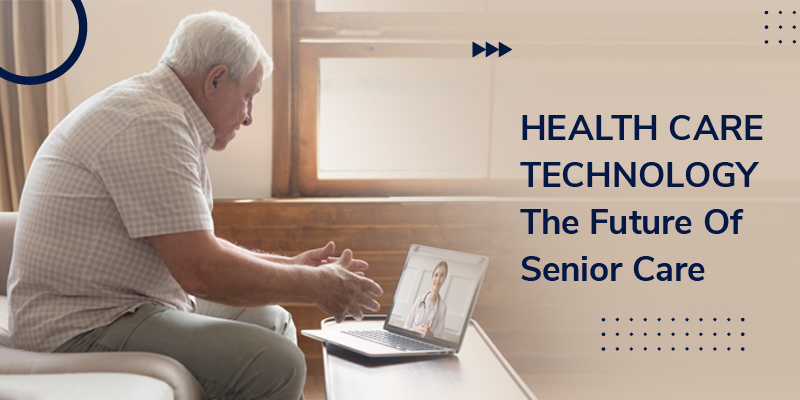
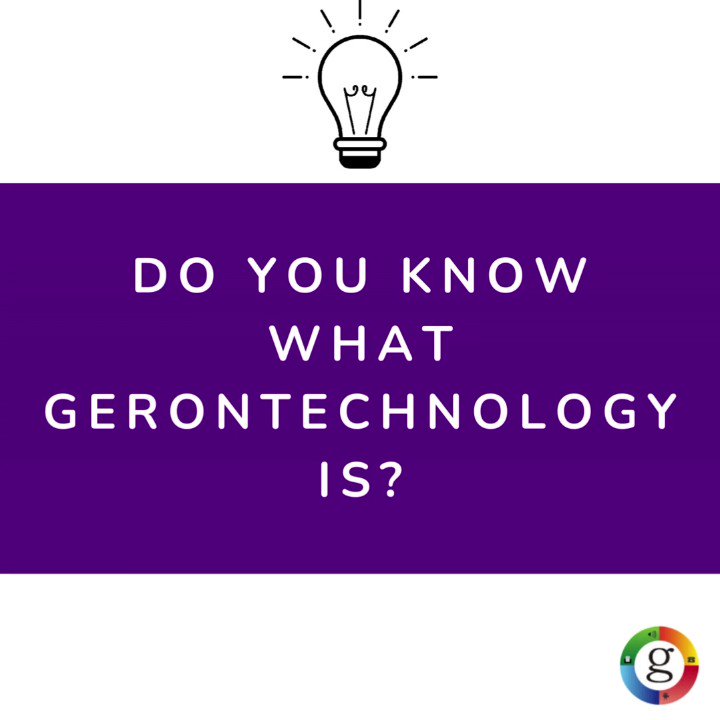



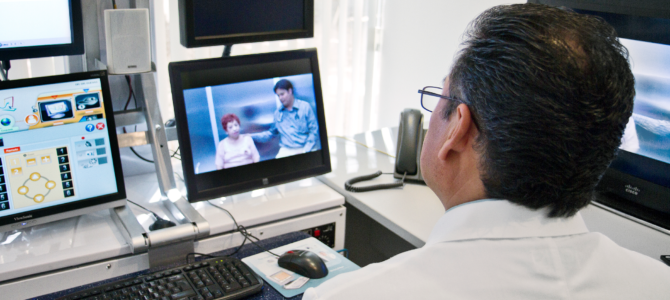
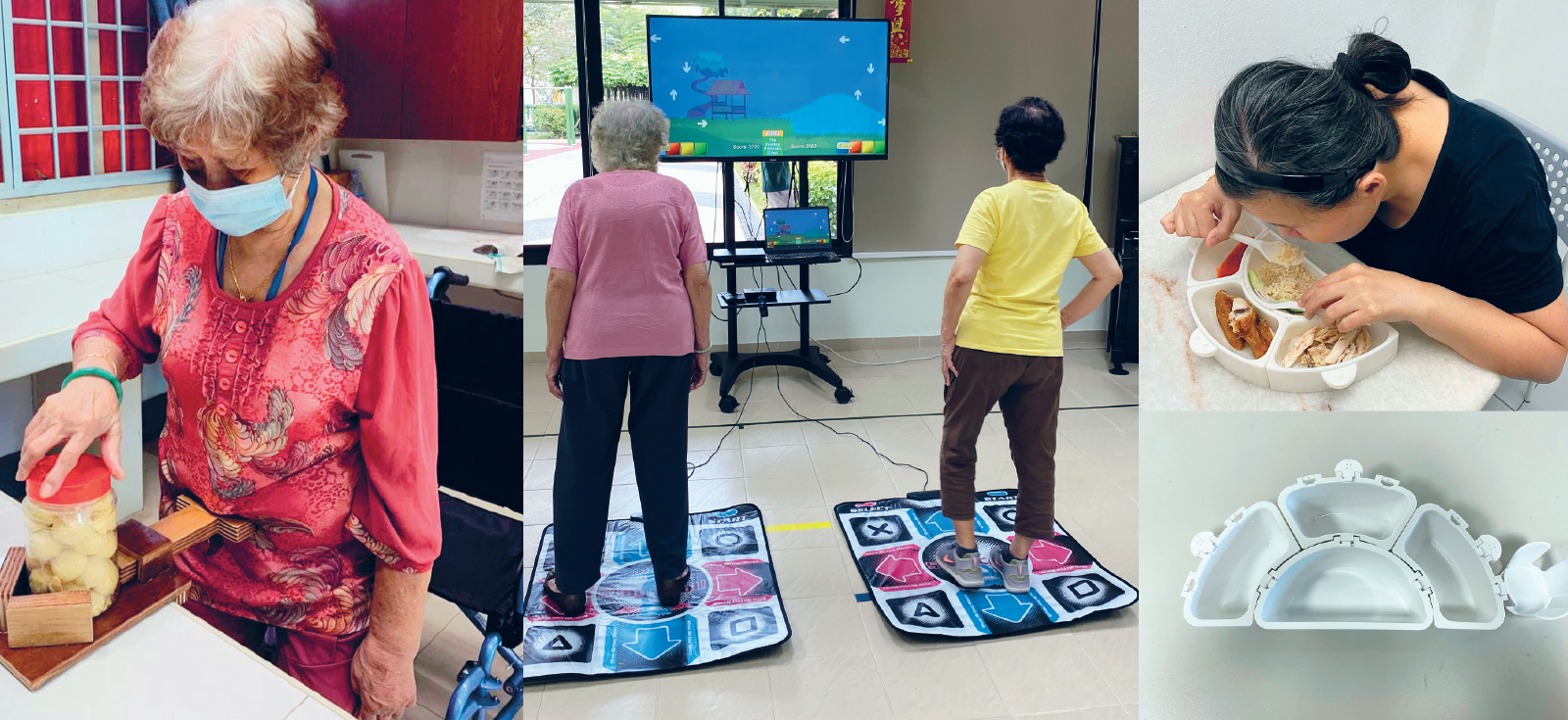

.jpg?sfvrsn=2b452b0f_3)
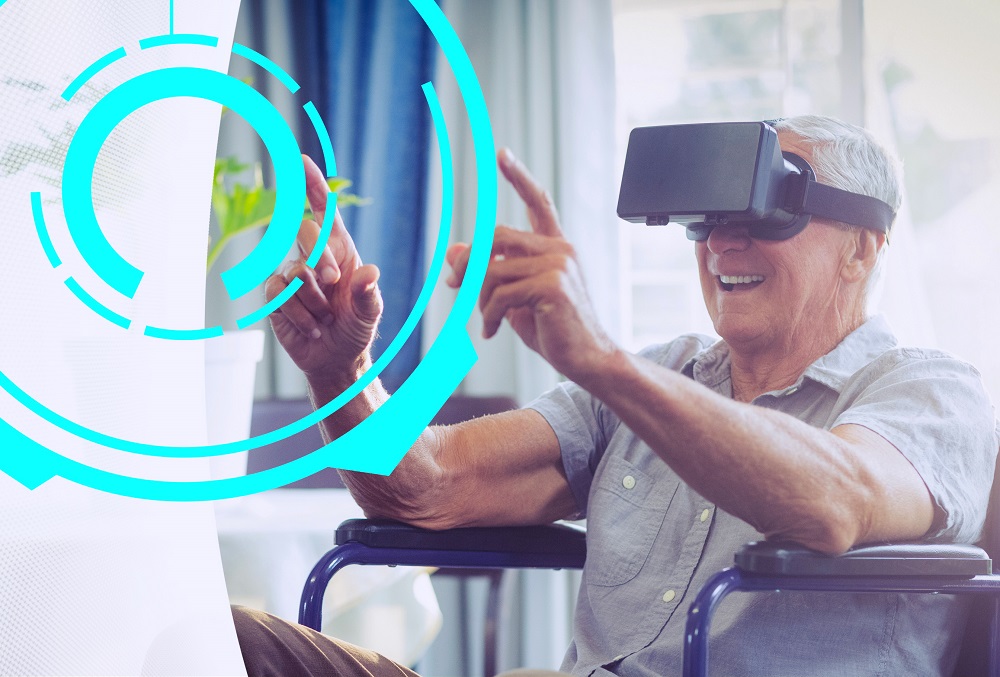
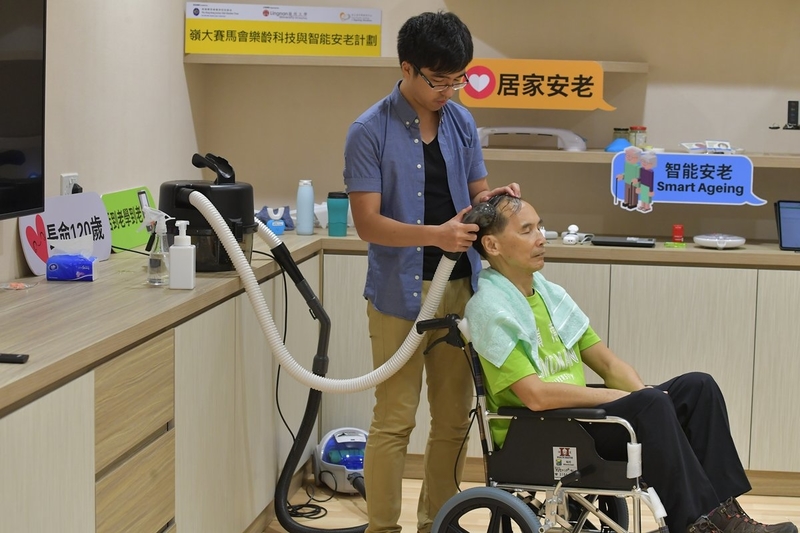


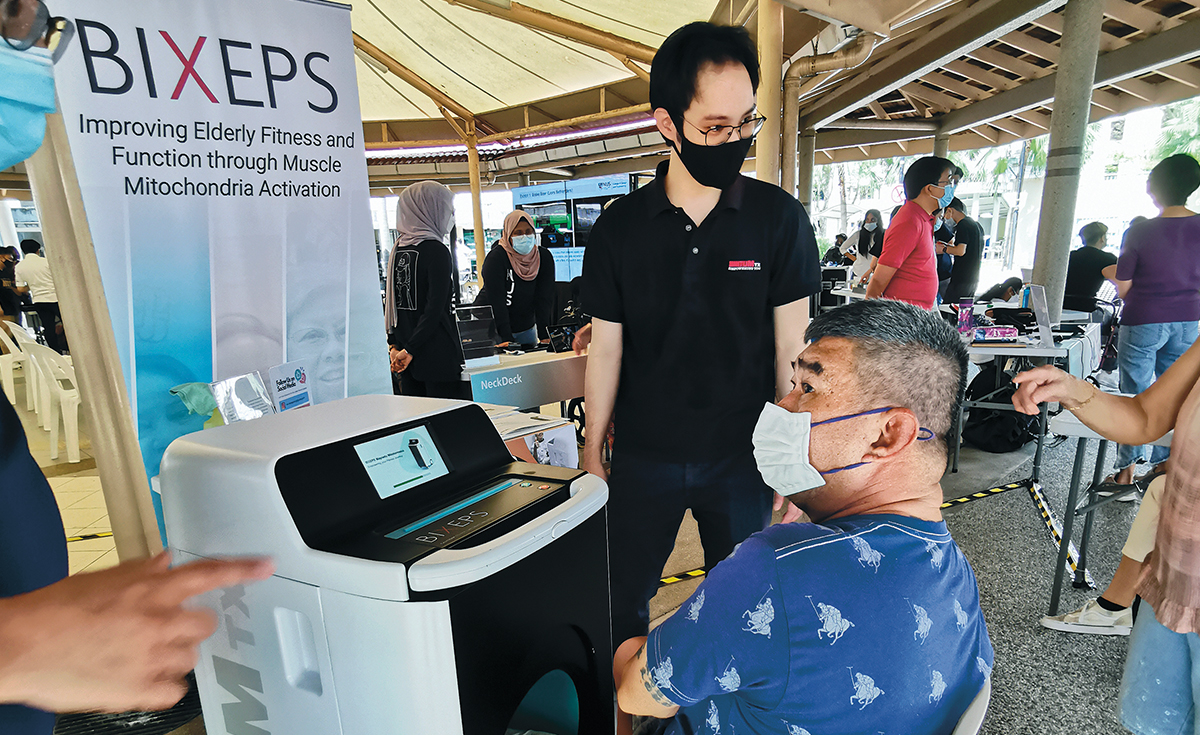
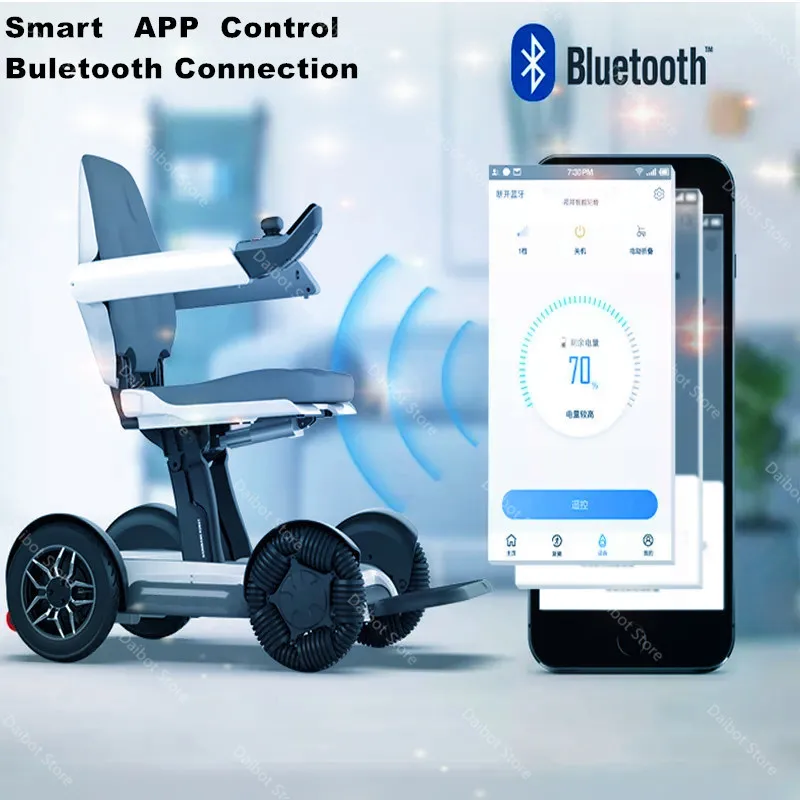
Comments
Post a Comment